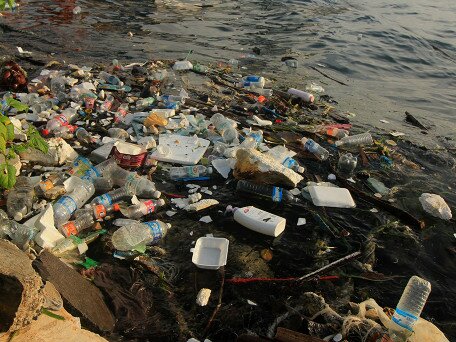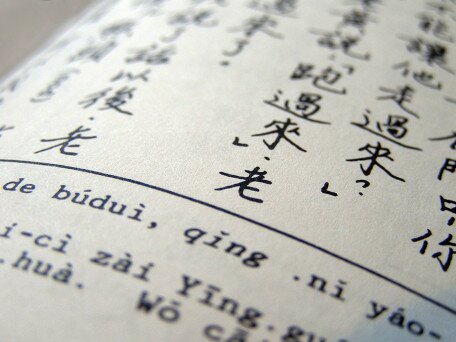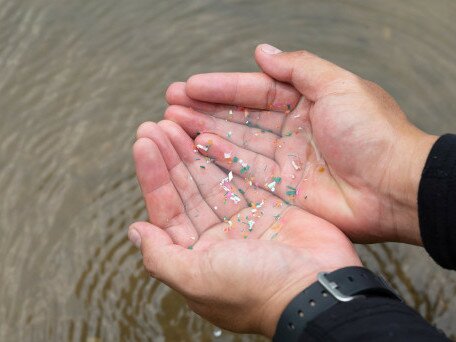Design and synthesis of porous coordination polymers for luminescence sensing and towards adsorptive removal of water pollutants – from heavy metals to pharmaceuticals and personal care products
- 項目計劃:
- 傑出青年學者計劃
- 項目年份:
- 2020/2021
- 項目負責人:
- Dr AU, Ka Man
- (科學與環境學系)

The proposed study will lead to the development of a simple supramolecular tool for chemosensing of water pollutants, and will open up new opportunities in water remediation.
The provision of clean water for all is now a global challenge in environmental health, and has been listed as one of the Sustainable Development Goals by the United Nations. With our increasing living standard, we are using more and more electronic devices, pharmaceuticals and personal care products (PPCPs) in our daily lives. However, disposal of the used and non-recyclable materials has eventually resulted in the contamination of waters in the environment. While the harmful effects of heavy metals have been extensively investigated, the adverse effects of PPCPs on the ecosystem and human health are not yet well-understood and hence PPCPs represent a class of emerging contaminants of concern. However, methods for the detection of PPCPs remain rather limited and the development of new sensing methods for the rapid, convenient and real-time monitoring of PPCPs is therefore essential. We aim to design and synthesize a class of multi-functional flexible porous coordination polymers, also known as soft porous crystals, for the luminescence sensing of water pollutants ranging from heavy metals to PPCPs. Soft porous crystals, which are a class of crystalline materials constructed by the combination of organic ligands and metal clusters, exhibit highly porous structures that enable the encapsulation of and interaction with guest species. Light-emitting functional groups will be introduced into the structural backbones of these soft porous crystals to prepare luminescent chemosensors for the selective molecular recognition of heavy metals and/or PPCPs. More importantly, the soft porous crystals could also serve as a host to capture the target contaminant species, providing a rapid and relatively low-cost pathway for remediation. Previous work of us has demonstrated that the extent of hydrogen bonding interactions in soft porous crystals can be manipulated with the introduction of appropriate functional groups. By carefully controlling the hydrogen bonding and other non-covalent interactions in the system, we will design and synthesize soft porous crystals that can adsorb selected heavy metal ions as well as organic PPCP compounds for their detection and removal. As a further step, we will test the effectiveness of the newly-synthesized soft porous crystals in binding heavy metals and PPCPs from surface waters and wastewaters from the local environment. It is anticipated that the proposed study will lead to the development of a simple supramolecular tool for chemosensing of water pollutants, and will open up new opportunities in water remediation.








